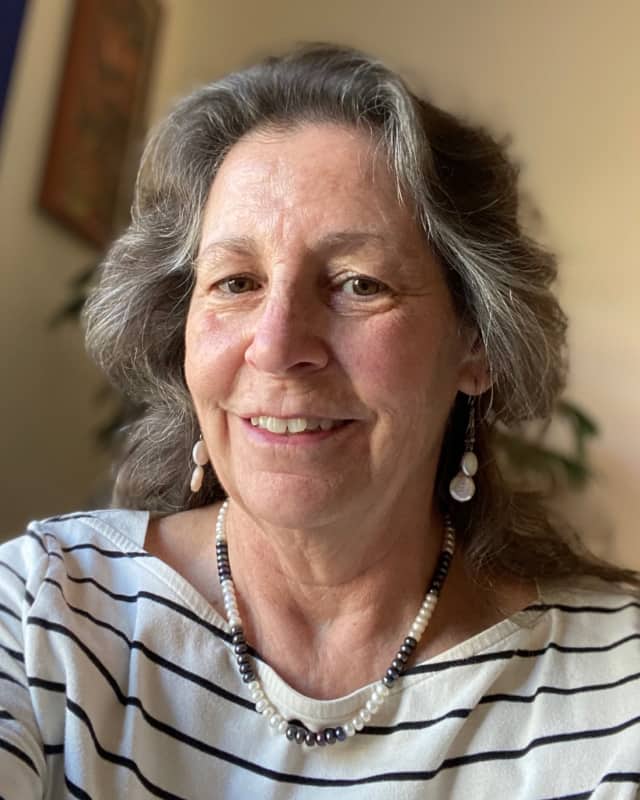(Originally appeared in my newsletter Sense and Psychotherapy, Winter 2000)
As you may have read recently, the 2000 Census is now underway. One of its results, to the chagrin of some so-called “pro-family” groups, will almost certainly be that the “typical” family; Mom, Dad and two kids, is less common than a decade ago. If we’re willing to think about what a family does though, rather than getting stuck on how it ought to look, we quickly discover that families are as common as ever, filling the same roles, struggling with the same issues. Families, in all their various incarnations, are one of the most challenging, yet rewarding, parts of my practice. In family sessions, I focus on what families can do rather than how they look, and work with the members, whoever they may be, to explore the roles they fill, and help them examine how they can support each other and make their family the safe, comfortable place it ought to be.
Mary Pipher calls a family “a collection of people who pool resources and help each other over the long haul”. That’s a pretty broad definition, one that fits a lot of groupings that certainly aren’t “family”, but I like it because it describes, on a basic level, what most of us expect from family. A family, however it looks, should provide its members with a sense of unconditional acceptance and “belongingness”, a feeling of comfortable predictability and a refuge in times of stress or danger. Families differ from other groups mainly in the degree to which we expect them to meet these needs. Family is the place where we go for our most basic comforts, and thus it is the place we stand most psychologically exposed. This is the attraction of family, and the root of its power.
The “dysfunctional” family is one of those hot-button topics that always seems to be making its way on to talk shows and into the news, but what often gets lost in the discussion is the fact that all families have issues, even “functional” ones. We need to get away from the idea that all families with problems are “dysfunctional” and think instead about how families deal with problems that undermine their ability to provide comfort and security. Somehow, resilient families have a way of coping with stress, rather than disintegrating under it. In the face of adversity, they seem to maintain that feeling of acceptance and refuge that families lacking resiliency seldom seem to generate. In other words, resilient families function in spite of problems, not because they have none.
As family is such a powerful influence, it’s not surprising that we carry its lessons with us every time we join or form a new group. We tend to form families that match our experience and expectations; hence, patterns of interaction, both good and bad, appear generation after generation. As I work with families, I often find myself asking about, and looking for parallels in, childhood family experiences. This provides adults with a sense of perspective and gives parents and kids a way of connecting. It also provides an entry into talking about family roles and how they work, or don’t, to meet family members’ expectations. Ultimately, Family is about love and security. Families need to find roles for their members, whoever they may be, that work to collectively create and maintain the safe, loving environment they all need.



